Amazon Rainforest Plants and Trees with Numerous Qualities
Imagine yourself walking into an imaginary realm, where each single leaf shares past enigmas and giant woods having millennia-old tales. Every corner of this land is displaying new wonders with nature’s boundless creativity. We are talking about none other than the pristine Amazon Rainforest, which is not just an ordinary jungle but commonly referred to as the “lungs of the Earth”. There are thousands of Amazon Rainforest Plants in this natural reservoir.
Are you interested in uncovering the secrets of the distinct species of plants under the dense canopy of the Amazonia?
Table of Contents
If yes, then explore the unique characteristics and ecological roles of the Amazonian plants with us.
The Ultimate Amazon Rainforest Plants List
Amazon Rainforest is a home to many species including animals and plants of diverse range. Being one of the diverse ecological locations on our planet Earth. In Amazonia, you may discover more than 80,000 species of plants, having shrubs, bushes, trees, and vines. This masterpiece of nature spreads across South America’s eight countries.
As you delve more and more into this verdant tropical haven, you’ll get to discover a variety in plant species.
1. Cacao (Theobroma cacao)

| Kingdom | Order | Family | Genus | Species |
| Plantae | Malvales | Malvaceae | Theobroma | Theobroma cacao |
The name of this tree is as Theobroma meaning “foods for gods“. The Cacao tree grows in the Amazon, which produces cocoa beans turning into chocolate. The tree is around 15 to 25 feet tall, producing pods containing 30 to 60 cocoa beans.
The color of the pods changes from green to reddish by the time they ripe. Soon after they ripe, these beans are ready to be pick and ferment to get into the form of a delicious chocolate for you. Besides its chocolate producing specialty, this tree has a cultural and economical importance in the lives of the communities in Amazon.
2. Rubber Tree (Hevea brasiliensis)
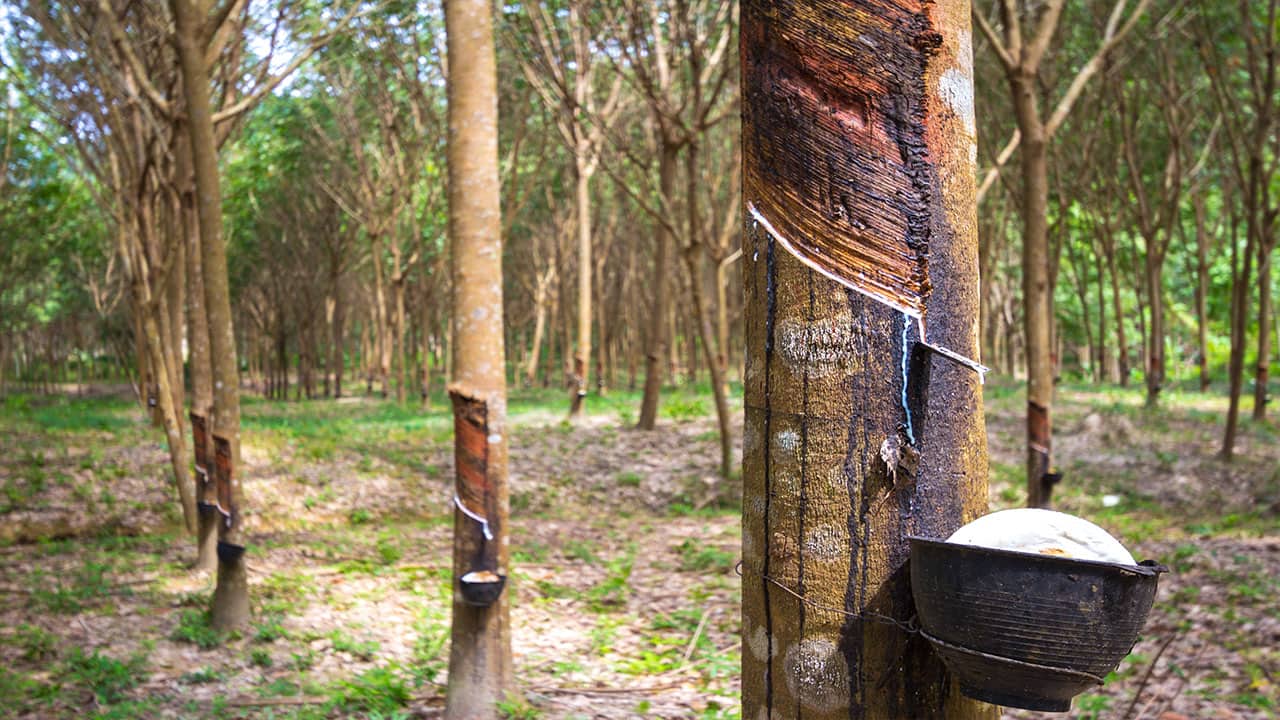
| Kingdom | Order | Family | Genus | Species |
| Plantae | Malpighiales | Euphorbiaceae | Hevea | Hevea brasiliensis |
As the name suggests, this tree must have a connection with rubber. It got its name from the latex sap it produces which forms rubber. The latex sap comes from the bark of this tree. It then gets extracted and turned into rubber manufacturing. Rubber trees are small in size up to 30 meters(90 feets) tall.
It considers as the most economically valuable plant in the Amazonian region with a controversial history. The rubber industry boomed in between the year 1879 and 1912. The history reveals that the seeds of this plant were illegally smuggle to the Southeast Asian region. Although the plant was present in the Amazon only, it was still propagate in Southeast Asia ( this region has a similar tropic environment as Amazon have).
3. Coffee Plant (Coffea arabica)
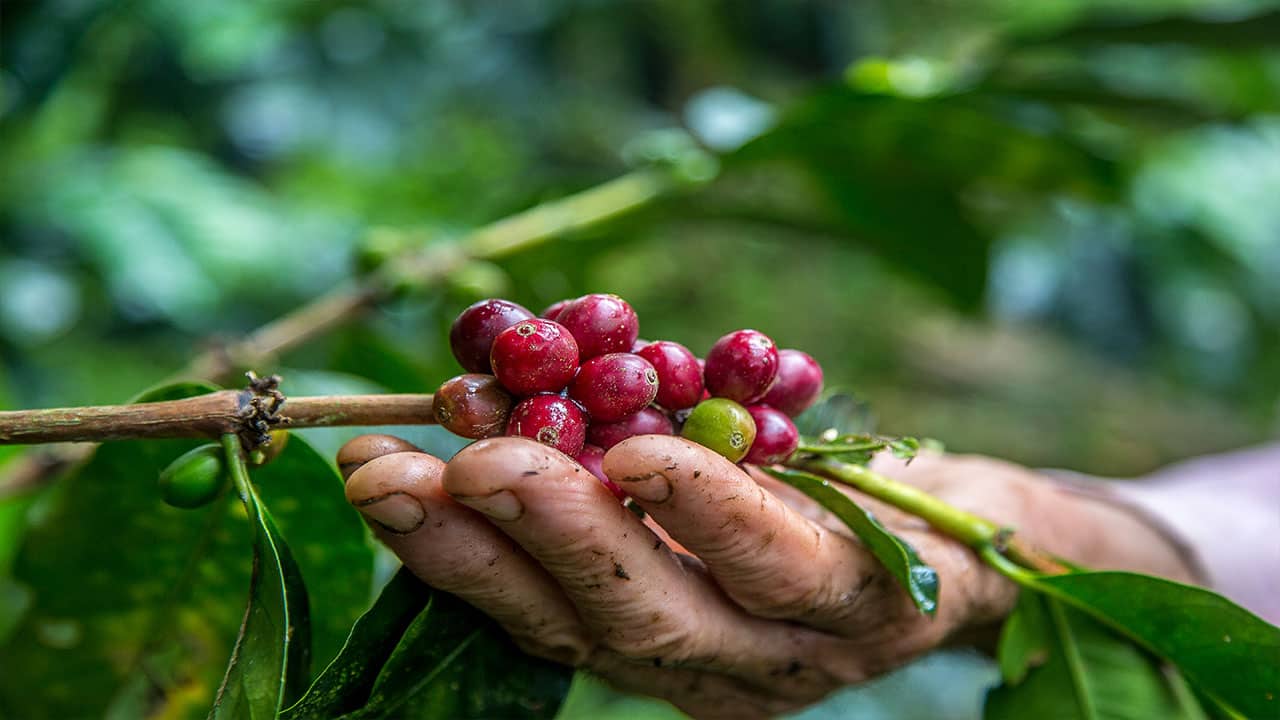
| Kingdom | Order | Family | Genus | Species |
| Plantae | Gentianales | Rubiaceae | Coffea | Coffea arabica |
Have you ever been curious to know where and how you get coffee? Most of you have not ever thought of this idea, right? So, let’s find out from where and how we get to enjoy the scrumptious coffee mug as an important ritual of our mornings. It may surprise you that we extract coffee from a plant. The Coffee Plant grow in the forest of Amazon under the shades of a tree.
It is a 30 feet tall plant having little flowers on it which attracts the pollinators. These flowers fall off, which are then replaced with juicy berries having two coffee beans each. It may produce coffee beans for more than 100 years, under optimal conditions.
4. Brazil Nut Tree (Bertholletia excelsa)
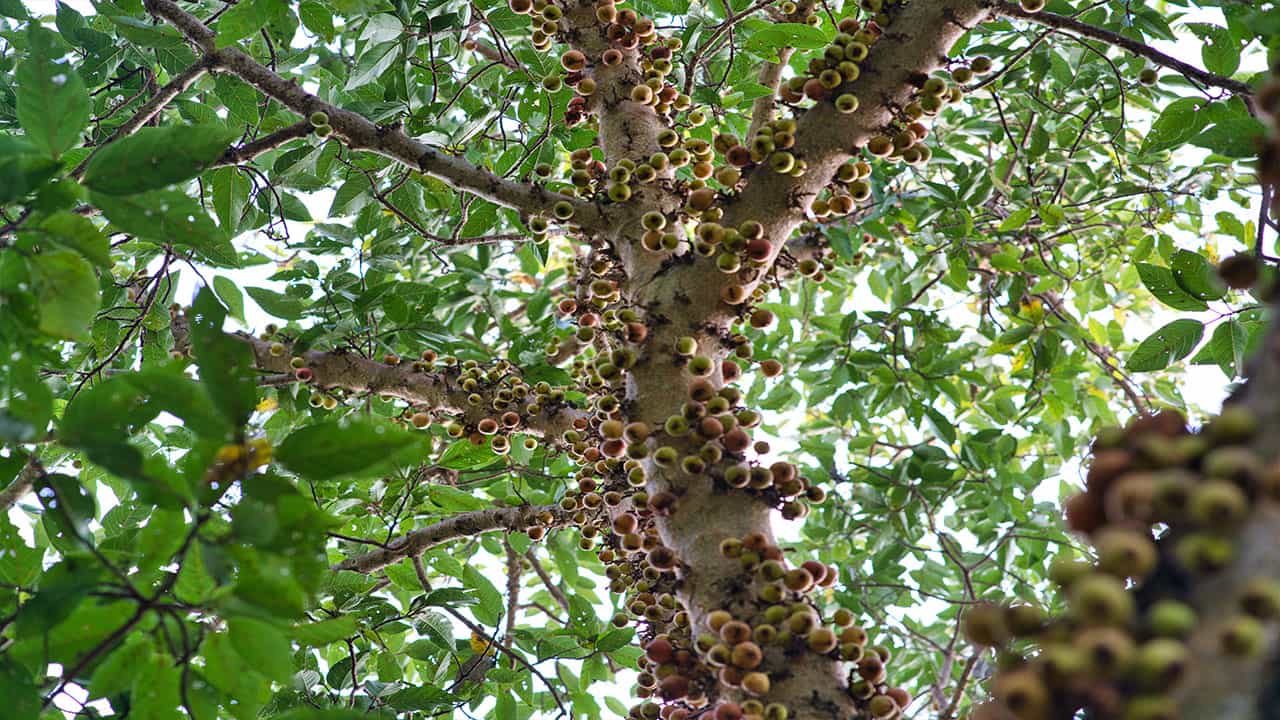
| Kingdom | Order | Family | Genus | Species |
| Plantae | Ericales | Lecythidaceae | Bertholletia | Bertholletia excelsa |
It is the iconic tree of Amazonia. Nut Tree plays a significant role in the ecology of the forest as well as a source of food for the inhabitants of the Amazonia. It has fantastic growth with a height above 160 feet tall.
Nut tree is popular because of its fruits and nuts, which have a very hard outer covering. These coverings are not easy to crack, only macaws (like blue or chestnut specie ) or a rodent(“Agouti”) can crack them down. Therefore, the tree is dependent on the rodents for cracking its pods or seeds. In the early 1800s, famous naturalist Alexander von Humboldt was the first person who described the nuts of this tree on his voyage to the Amazon River.
5. Mahogany (Swietenia macrophylla)

| Kingdom | Order | Family | Genus | Species |
| Plantae | Sapindales | Meliaceae | Swietenia | Swietenia macrophylla |
Mahogany is the giant tree in the Amazon Rainforest having a height of 200 feet. The tree is in reddish-brown color and the fruit growing on it starts to mature in the rainy season. The seeds carry through the wind afterwards.
It has a life-span for up to 350 years. Mahogany is famous for its beautiful and rich wood that we use in making musical instruments and furniture. Having a high market value, this tree is vulnerable to extinction as it faces over harvesting. Even though the IUCN lists mahogany as a vulnerable species, a 1998 report showed that 80% of mahogany production in Brazil came from illegal logging.
6. Acai Palm Tree (Euterpe Oleracea)
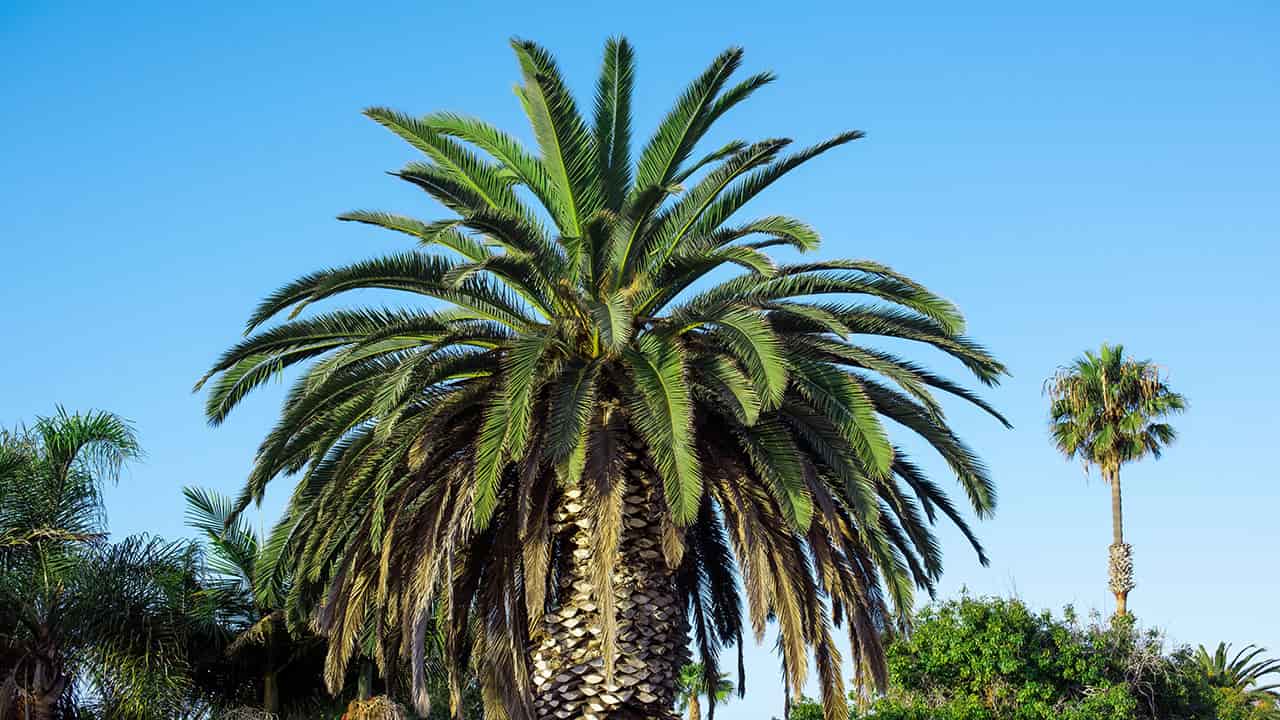
| Kingdom | Order | Family | Genus | Species |
| Plantae | Arecales | Arecaceae | Euterpe | Euterpe oleracea |
The Acai Palm Tree is Euterpe Oleracea, are the common amazon rainforest plants. It grows 65 feet tall having a beautiful canopy covering with palm leaves on top. The tree got its name as it produces acai berries and yearly it produces 4 to 8 bunches of berries that weigh approximately 6 kgs.
Acai berry has rich nutritional values and it is the essential part of the diet of the Amazonian community. Also, globally valued for its health benefits. Species of Macaws, toucans and monkeys eat these berries and also help in spreading its seeds. Coming towards the inner corner of the tree, which is also known as “heart of palm” is extracted for cooking purposes.
However, extracting this part will kill the tree, so it is advisable to carefully harvest without causing damage to the green forest.
7. Kapok Tree (Ceiba pentandra)
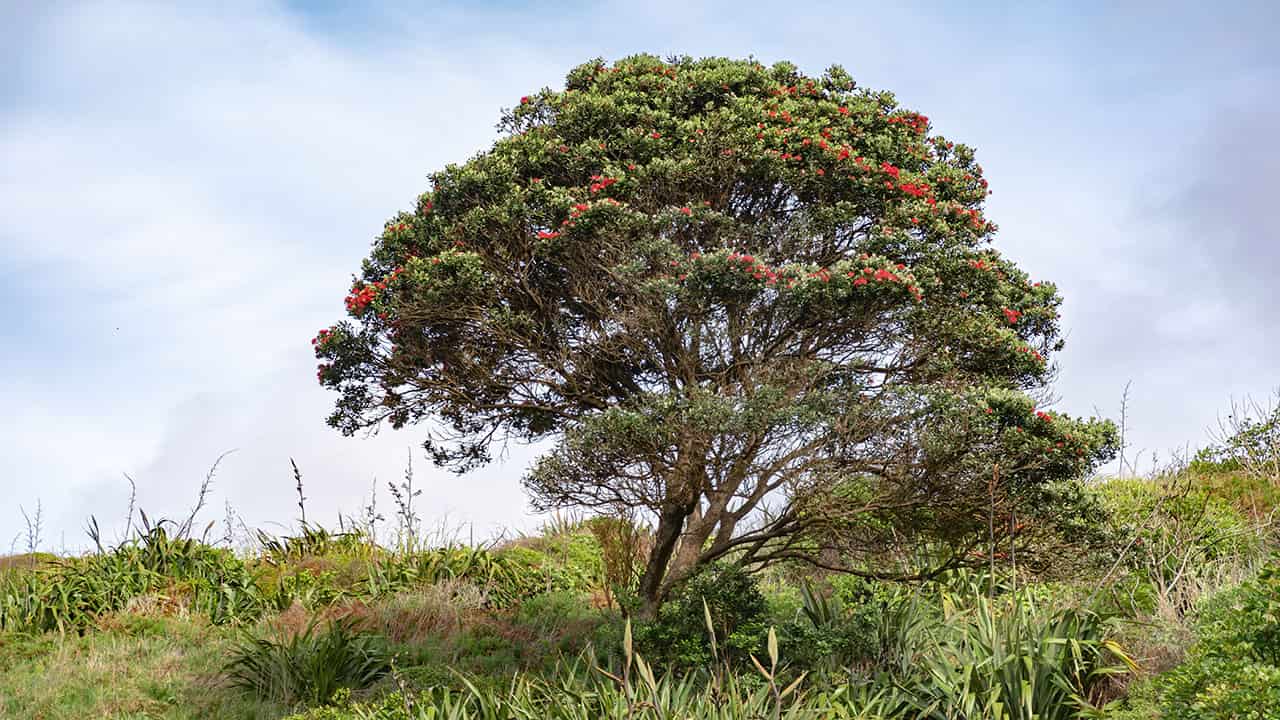
| Kingdom | Order | Family | Genus | Species |
| Plantae | Malvales | Malvaceae | Ceiba | Ceiba pentandra |
Kapok trees grow to 200 feet and are in the list of tallest trees in Amazon. The seeds of Kapok cover with fluffy and soft material that we use in making mattresses and pillows. We also use these seeds for making essential oils. When the dry season comes, the leaves of the tree start losing, which helps its seed to disperse all over the forest.
The wood of the tree is very light and sets perfect in making canoes and carvings out of it. It is a home for many animals who are living in the cracks of its bark. The bats are driven towards the Kapok trees due to its strong odor and help in pollinating its flowers.
8. Walking Palm (Socratea exorrhiza)
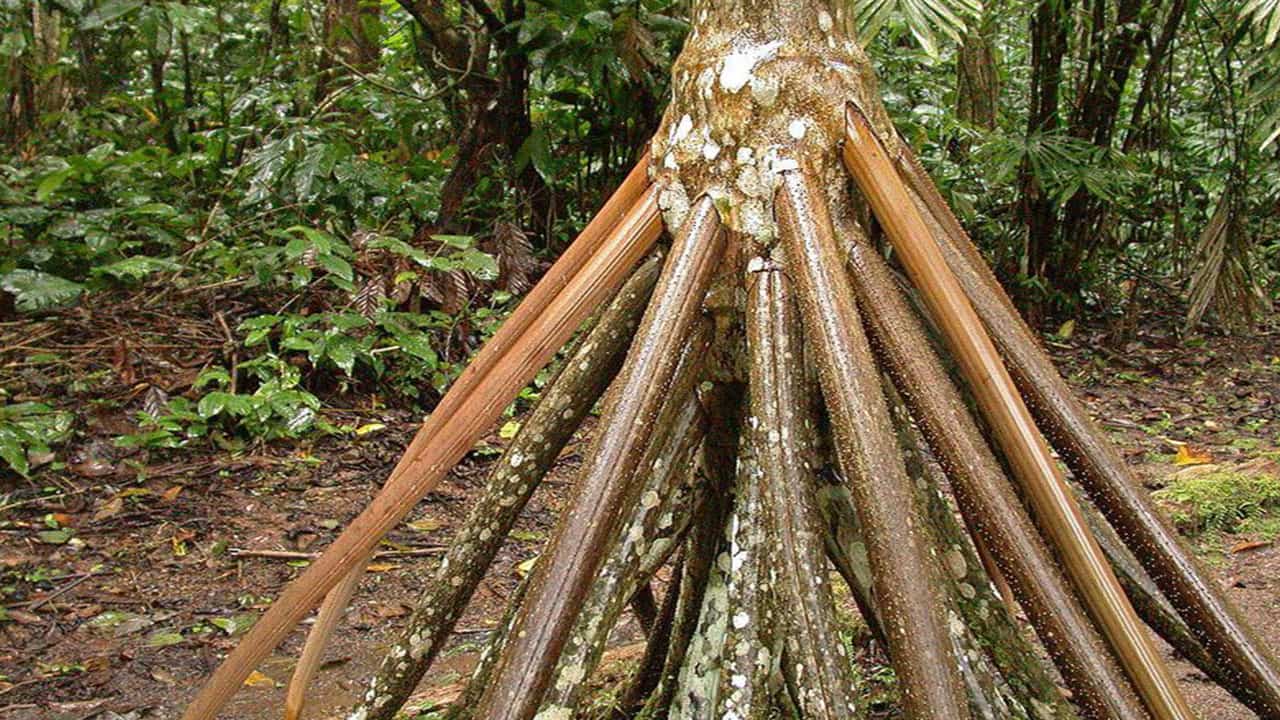
| Kingdom | Order | Family | Genus | Species |
| Plantae | Arecales | Arecaceae | Socratea | Socratea exorrhiza |
Walking Palm is a notable and fascinating tree of the amazon, also named as cashapona. It reaches up to 80 feet high. The roots of this tree appear as unusual stilts that make it look like it’s walking on the floor of the forest. These roots grow 7 feet off the ground from the stem. Some of the scientists believe that these roots may help in quick growth and stability of the tree in the forest.
9. Giant Water Lily (Victoria amazonica)
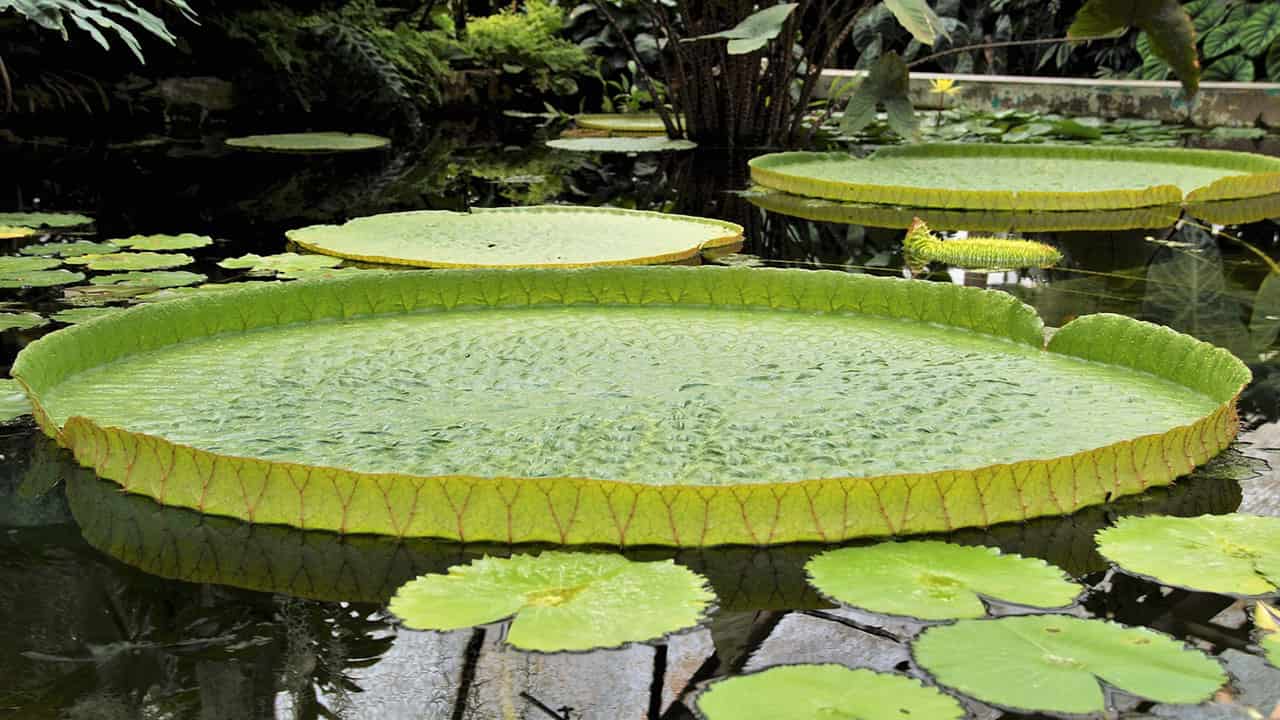
| Kingdom | Order | Family | Genus | Species |
| Plantae | Nymphaeales | Nymphaeaceae | Victoria | Victoria Amazonica |
As the name of this plant suggests, similarly talking about its leaves which are huge or giant in size growing 6 feets wide. Its leaves are very strong to hold heavy weight for up to 300 pounds even that of a person’s weight. This plant is also called Victoria Amazonica and got its name after Queen Victoria.
The Giant Water Lily has long stems that reach down the bottom of the river, while its flowers start out white which then later turns to pink. They are also providing shelter to many aquatic animals. You may find these Amazon Rainforest plants in the still waters of forests displaying an idyllic view.
10. Orchids

| Kingdom | Order | Family | Genus | Species |
| Plantae | Asparagales | Orchidaceae | unranked | unranked |
Orchids grow in the Amazon with different sizes, colors and shapes. They are the biggest flowers which depend on other plants for water and sunlight that helps them in growing. The rainforest looks vibrant and fragrant because of the orchids growing in it.
They Orchids are very beautiful forms of flowers which attracts both nature lovers and scientists too. Vanilla orchid is famous among orchids for giving us the flavoring of vanilla.
11. Banana Tree
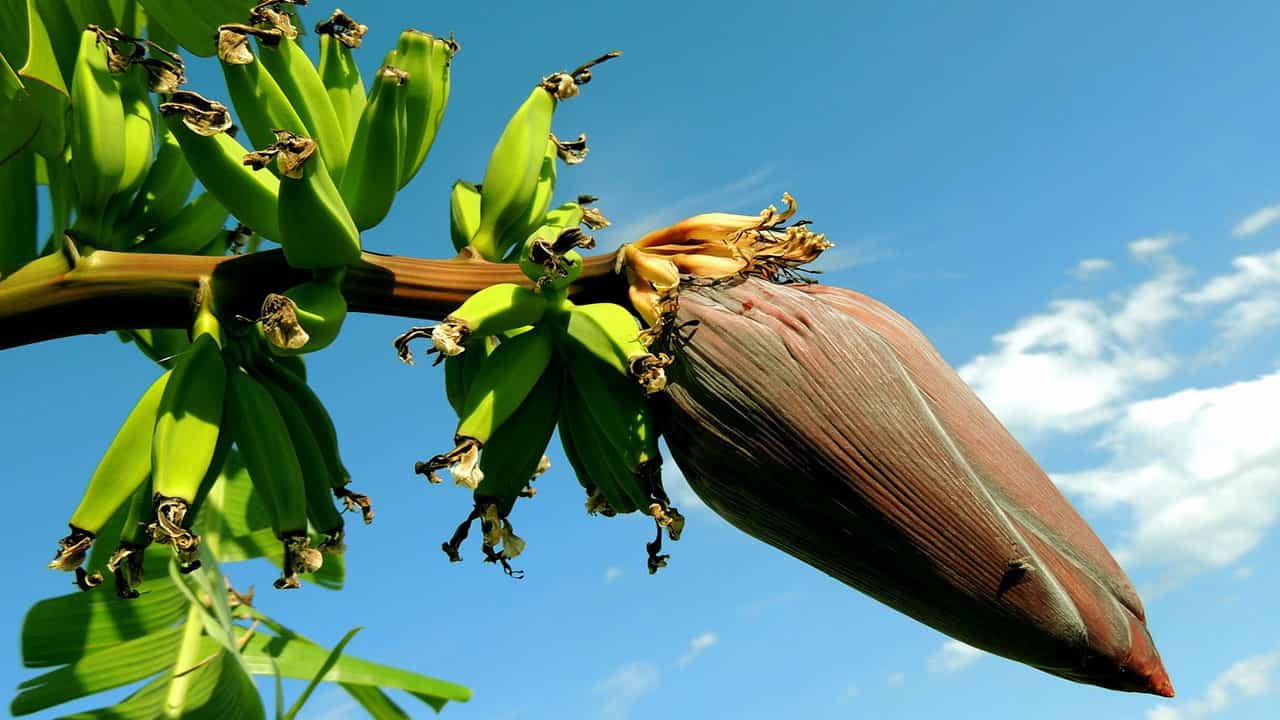
| Kingdom | Order | Family | Genus | Species |
| Plantae | Zingiberales | Musaceae | Musa | Musa sp. |
Banana trees are not trees but it’s actually a large herb. It has large leaves which grow above 9 feet high in the Amazonian forest. On average, a plant of bananas can grow 150 bananas in a go. In Amazonia, they use bananas in many of their local dishes. The leaves of bananas also hold a great usage in wrapping up vegetables and fish or as plates too.
12. Heliconia
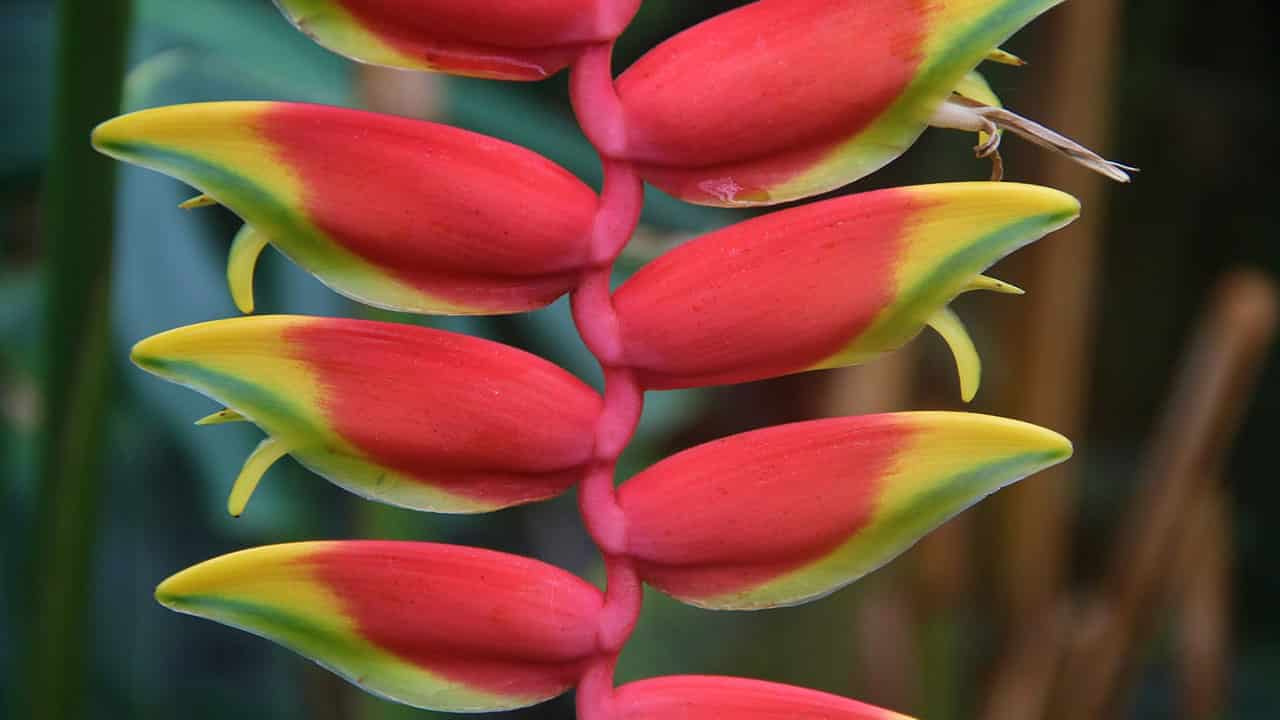
| Kingdom | Order | Family | Genus | Species |
| Plantae | Zingiberales | Heliconiaceae | Heliconia | Heliconia latispatha |
Heliconia Amazon Rainforest plants are famous for their flowers shape as a lobster-claw. It has bright red and yellow color to attract the hummingbirds, and other amazon birds. This plant grows up to 15 feet in the rainforest. The hummingbird is dependent on the nectar coming from the flowers of heliconia. The birds also help in the pollination of this plant.
13. Bromeliads
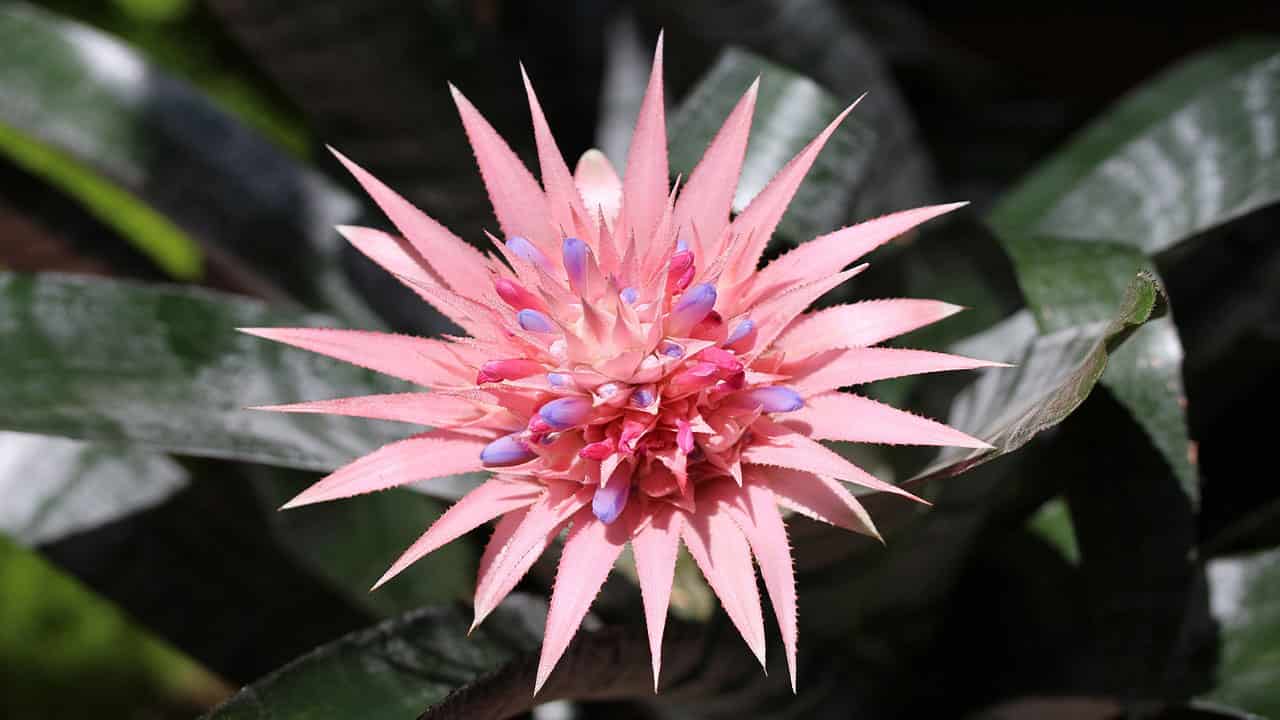
| Kingdom | Order | Family | Genus | Species |
| Plantae | Poales | Bromeliaceae | unranked | unranked |
Bromeliads are one of the bright color Amazon Rainforest plants coming in purple, orange, red and blue. They are there in the forest of Amazonia having special cup-shape leaves on them for the storage of water up to 7.5 liters. This makes a water tank which serves as a home to small animals like insects, frogs etc. Pineapple is one of the types of bromeliads.
14. Pitcher Plant
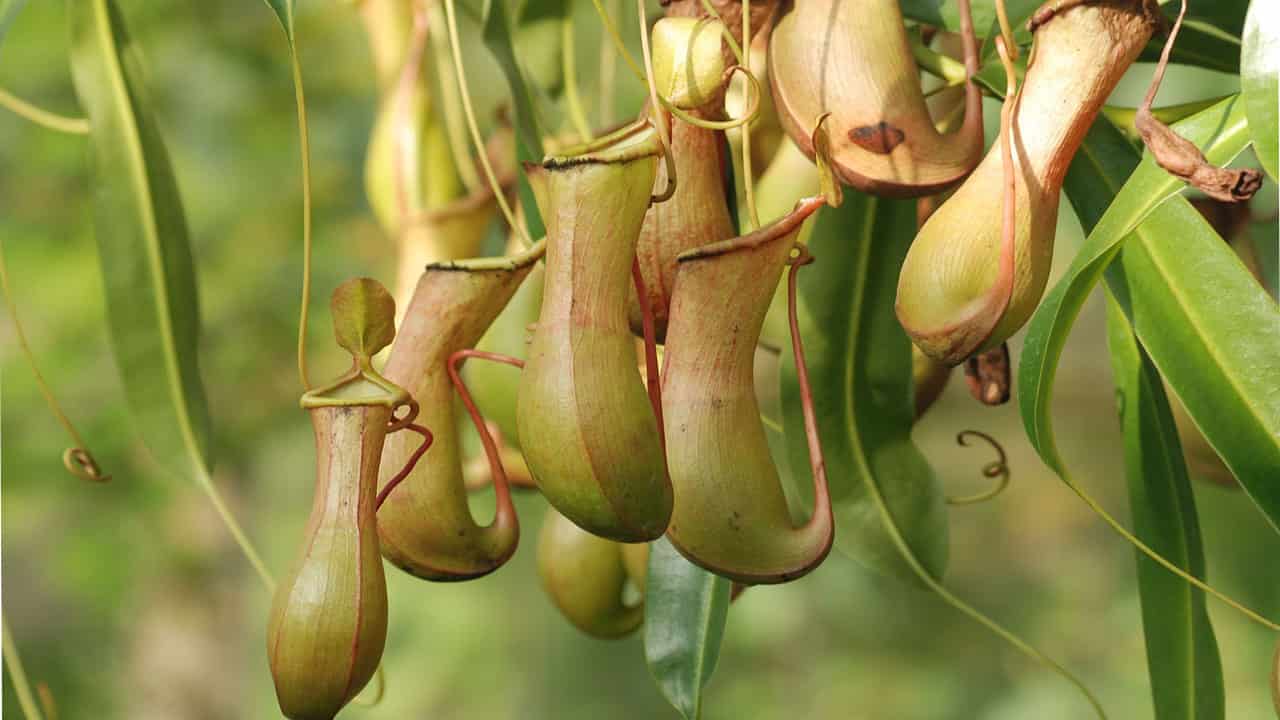
| Kingdom | Order | Family | Genus | Species |
| Plantae | Caryophyllales | Nepenthaceae | Nepenthes | Nepenthes sp. |
The pitcher plant is found in the Amazon, despite the fact being carnivorous, it is fascinating due its shape and smell. The plant has a sweetly scented liquid filled in its pitcher-shaped leaves which attracts the insects.
The insects get catches into the pitcher, where they get digest by the plant with the help of enzymes, in order to digest the insects and take nutrients from it. Pitcher Amazon Rainforest plants are also famous as “monkey cup “, because monkeys sometimes drink the rainwater inside the pitcher plants.
15. Monkey Brush Vines
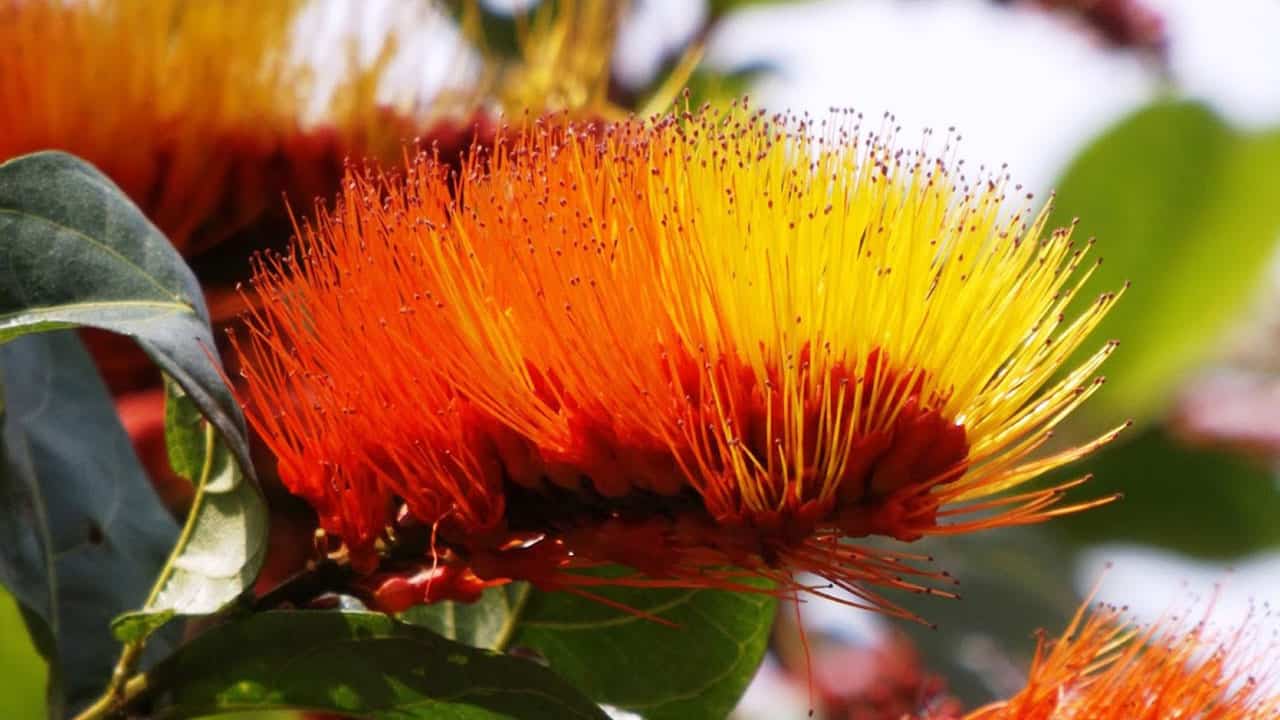
| Kingdom | Order | Family | Genus | Species |
| Plantae | Myrtales | Combretaceae | Combretum | Combretum rotundifolium |
The Monkey Brush Vine is a bright color plant with spiky, brush-like flowers in red or yellow color. It is found in the depths of the Amazon Rainforest. The amazon rainforest plants gets its nutrients from others by growing on them, such as vines or trees.
Monkey Brush vines wrap them around other plants for their survival, which makes them a parasitic vine. These vines have an attractive appearance that attracts butterflies and hummingbirds.
16. Water Lettuce
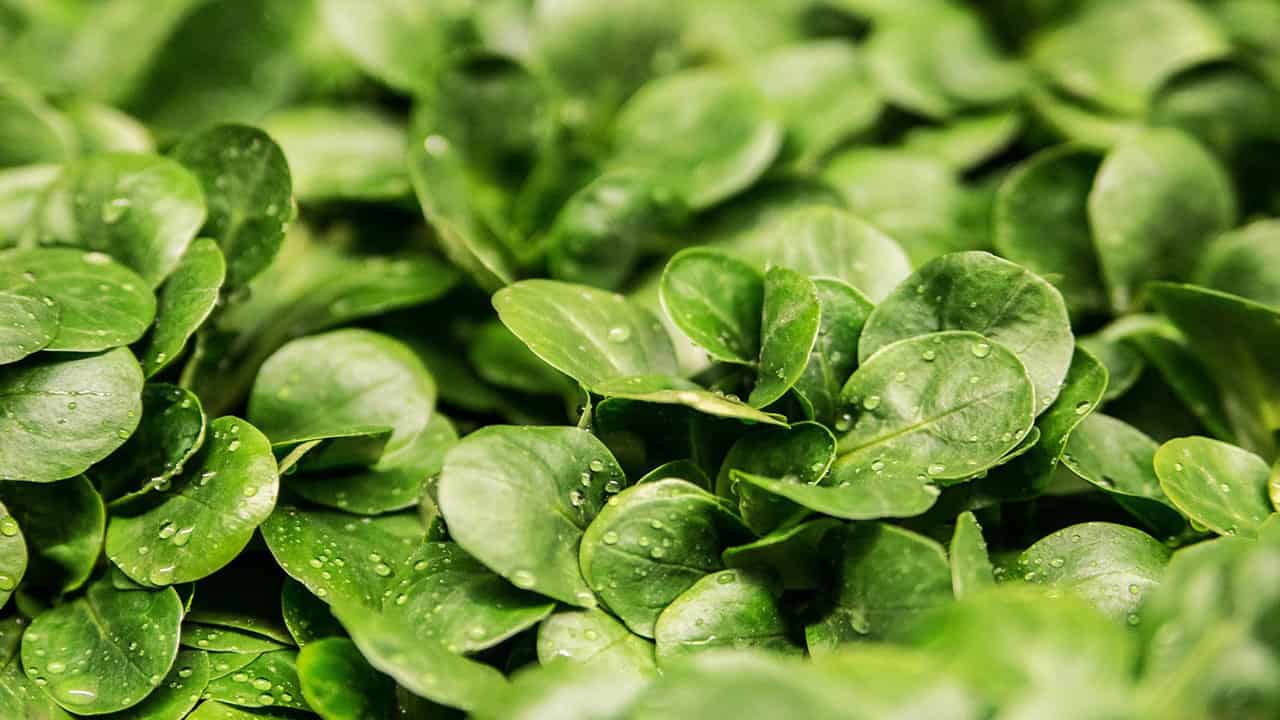
| Kingdom | Order | Family | Genus | Species |
| Plantae | Araceae | Araceae | Pistia | Pistia stratiotes |
It is a floating plant found on the surface of Amazonian water. The leaves of this plant are like small heads of lettuce having a soft and velvety texture. It plays a role in providing shelter to the aquatic animals including small fish, manatees, and turtles. It acts as a food for herbivores living under the water.
These Amazon Rainforest plants grow very fast and cover a large area of the water, if enough animals aren’t there to eat it. If this happens, it lowers the oxygen levels inside water and also blocks the sunlight from coming, which will cause damage to the ecosystem. Water lettuce are commonly found in Pacaya Samiria National Reserve in northern Peru, where manatees are brought back in order to balance the health of the ecosystem.
17. Passion Flower (Passiflora Edulis)
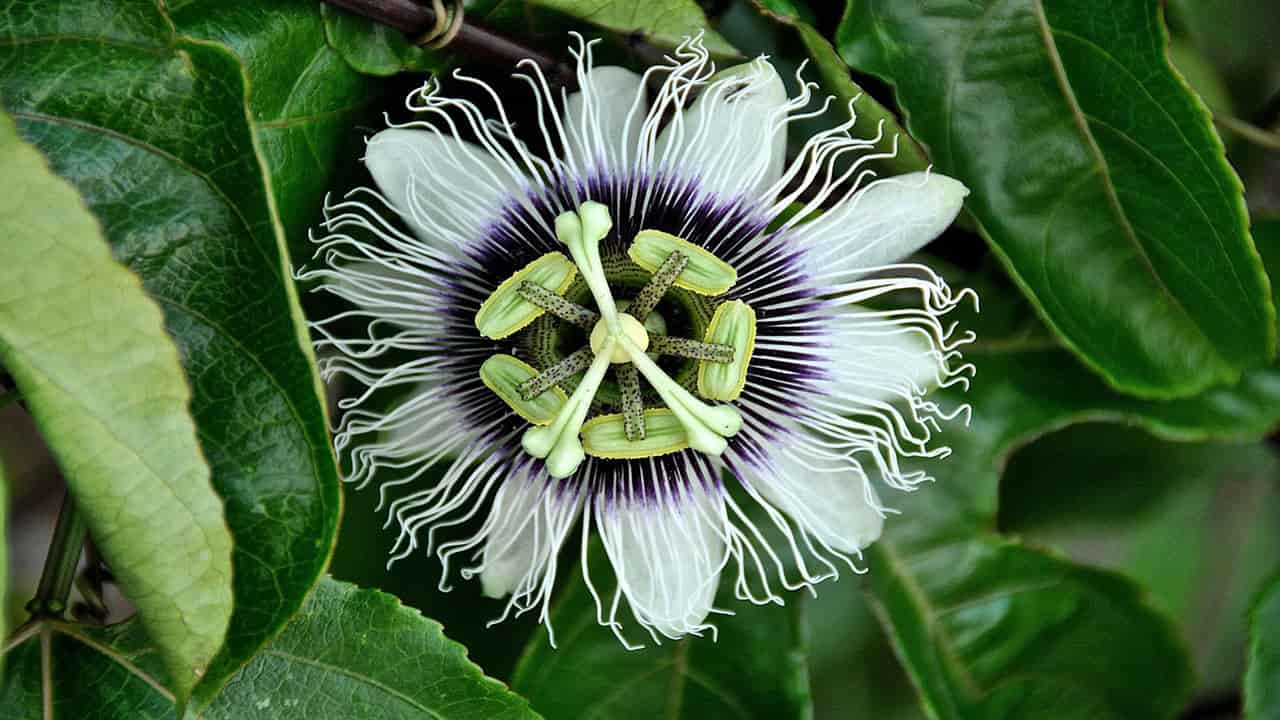
| Kingdom | Order | Family | Genus | Species |
| Plantae | Malpighiales | Passifloraceae | Passiflora | Passiflora edulis |
The Passion fruit is very appealing and eye-catching because of its appearance, having purple and white flowers having a pleasant smell. It is a kind of a vine that grows in the Amazon. The bright blooming flowers attract animals like butterflies, hummingbirds and bees.
People of Amazon take it in their daily meals, while globally it is a part by many of us in our desserts and juices too. The passion fruit is edible in nature and also used as a medicine to treat different kinds of illness, some of them may include cough, stress or sleeplessness and so and so forth. Passion fruits are a rich source of vitamins A and C.
18. Curare (Chondrodendron Tomentosum)
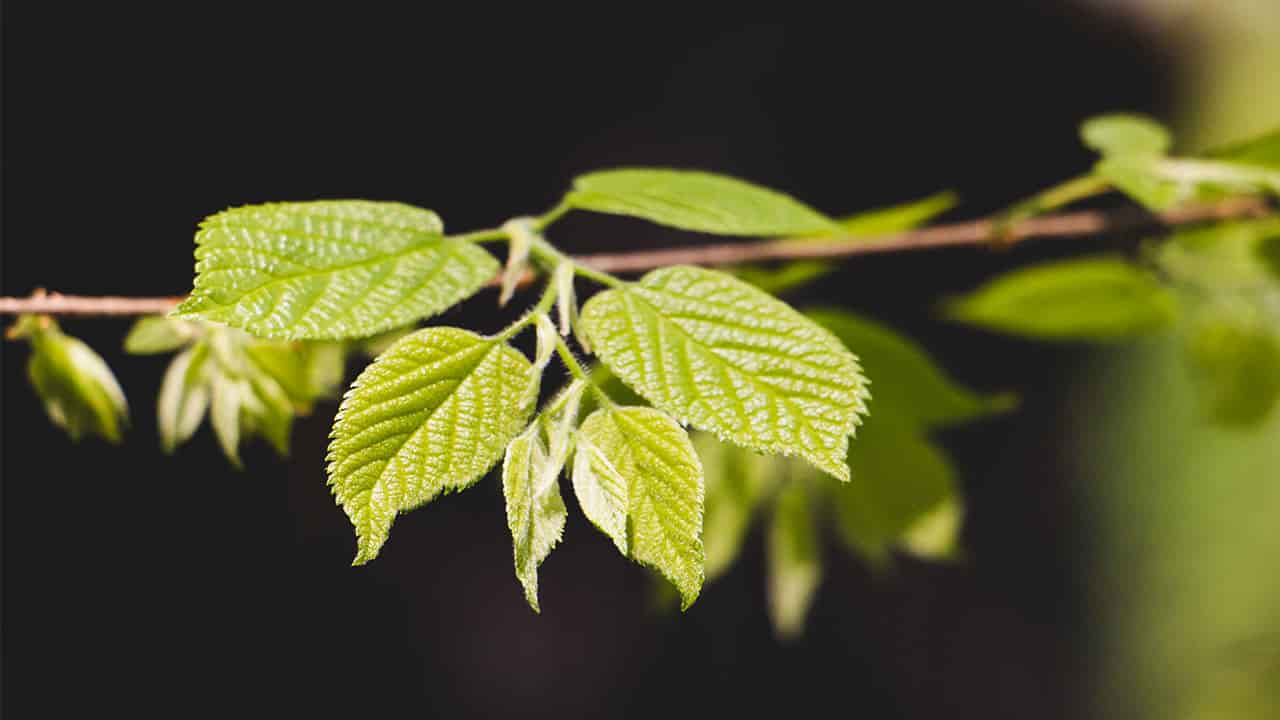
| Kingdom | Order | Family | Genus | Species |
| Plantae | Lamiales | Menispermaceae | Chondrodendron | Chondrodendron Tomentosum |
It is a climbing vine which has a dark history. The natives used the Curare for a long time in making poison for blow darts, which helps in paralyzing the prey instantly. It has a deadly nature, but studies have shown its importance in medical health, especially as a muscle relaxant used in surgeries. In this modern era, it is being used as a medicine to treat Parkinson’s disease as well.
19. Strangler Fig (Ficus spp.)
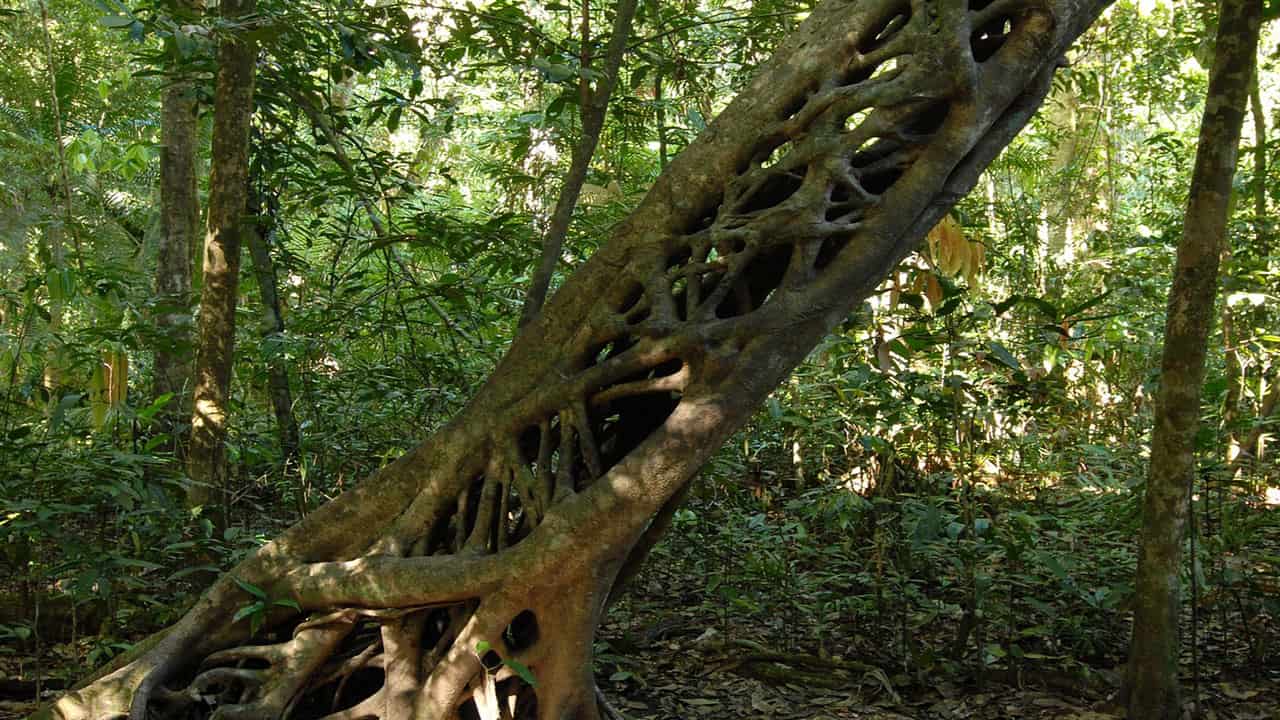
| Kingdom | Order | Family | Genus | Species |
| Plantae | Rosales | Moraceae | Ficus | Ficus spp. |
It grows on another tree by spreading its roots down towards the ground and also wraps around its host. The Strangler Fig kills its host tree by squeezing it, though it is a natural process for the survival of Strangler Fig in the rainforest. Just after the host dies, the fig creates a hollow structure that serves as a home for birds and insects.
20. Lianas
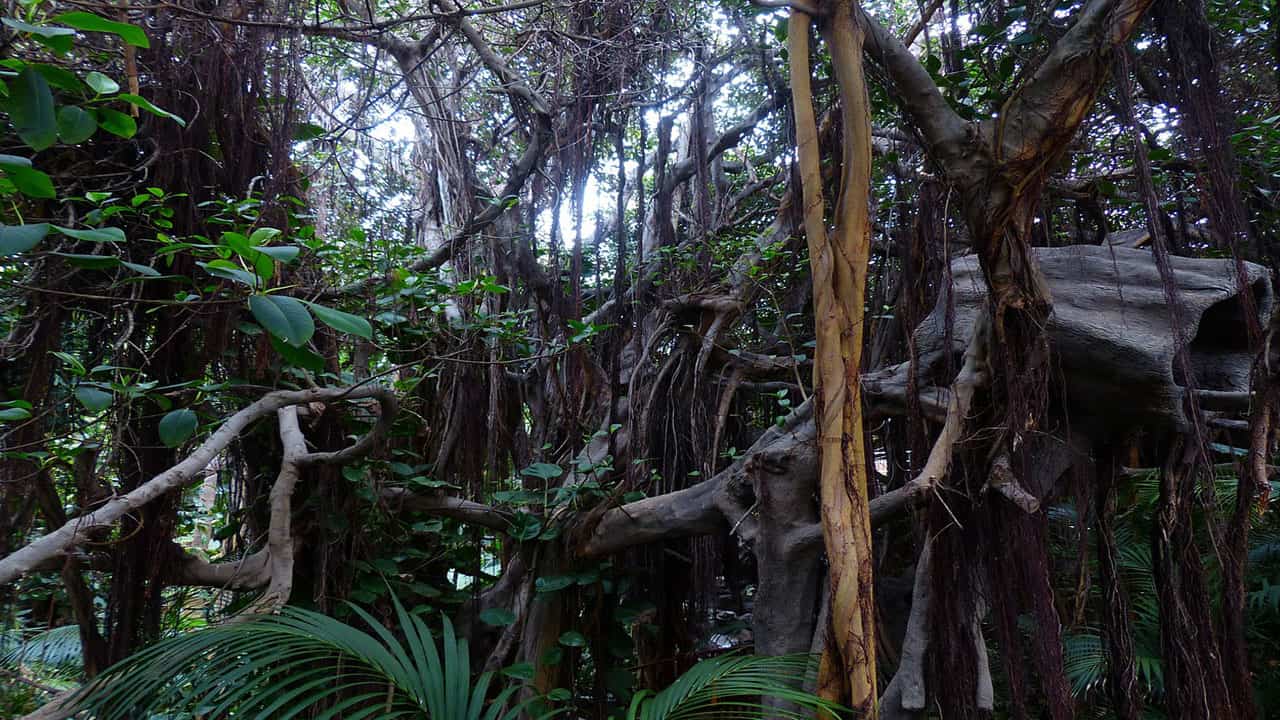
| Kingdom | Order | Family | Genus | Species |
| Plantae | Malpighiales | Passifloraceae | Passiflora | Passiflora edulis |
Lianas are vines which are woody and thick, and grow 200 feet tall in the Amazonia. They wrap themselves around the trees. They are helpful in stabilizing big trees in the shallow soil of the rainforest. Whenever a tree falls down, lianas are able to pull down other trees by making space for the growth of other Amazon Rainforest plants.
21. Hot Lips (Psychotria Elata)
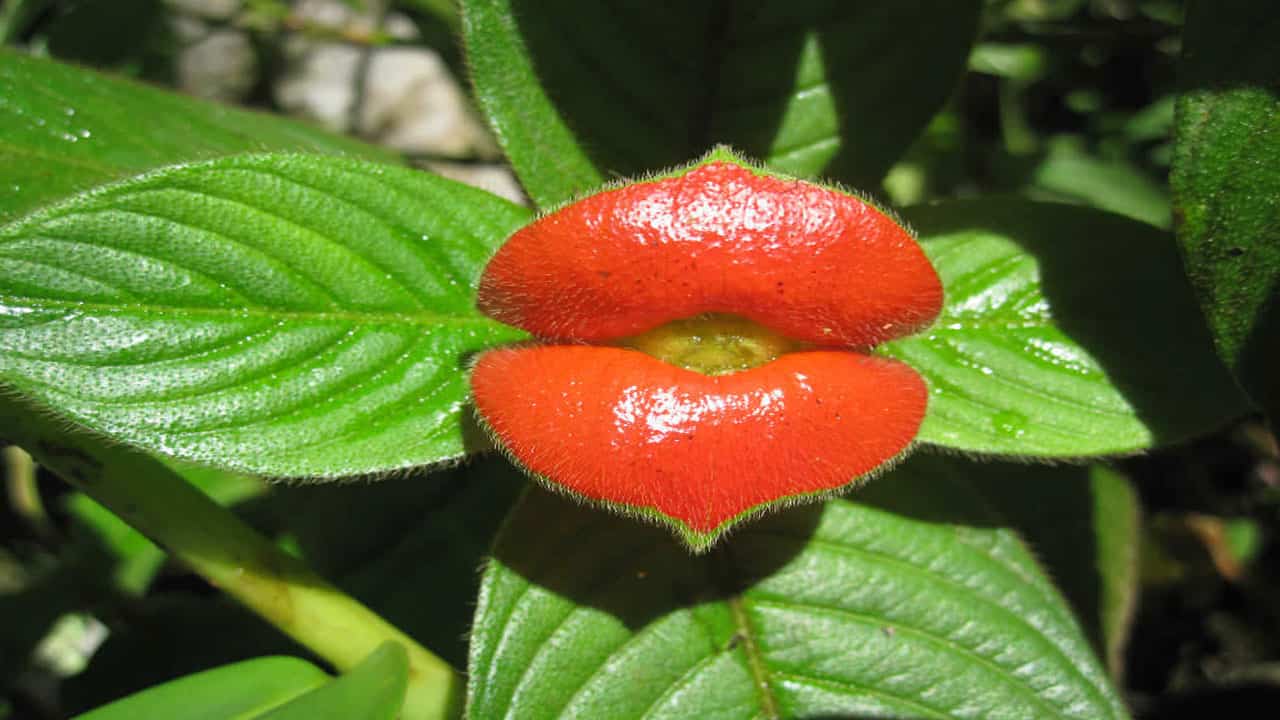
| Kingdom | Order | Family | Genus | Species |
| Plantae | Rubiales | Rubiaceae | Psychotria | Psychotria elata |
The hot lips plant is an attractive bright colored lip-shaped plant. It is red in color and attracts butterflies and hummingbirds, which is beneficial for the plant in terms of its pollination, as these animals drink nectar from its flowers. The plant is also used for medicinal purposes having dual values for its environment.
22. Achiote (Bixa Orellana)
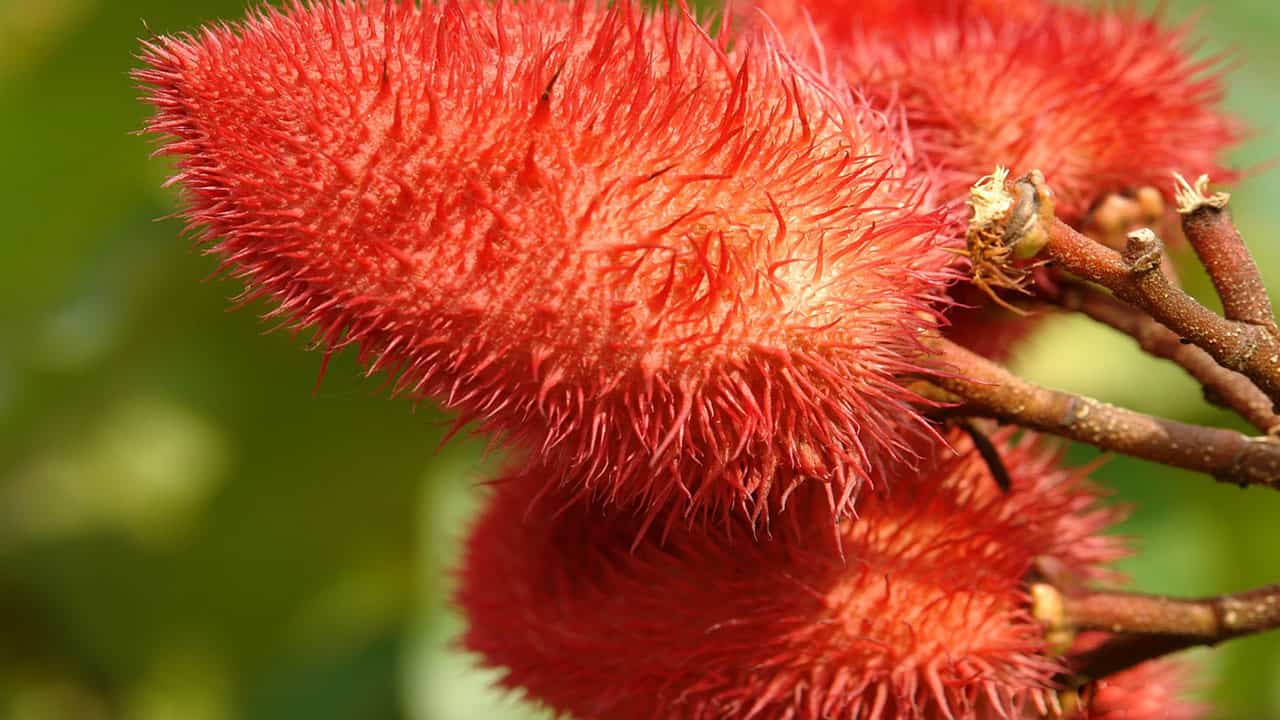
| Kingdom | Order | Family | Genus | Species |
| Plantae | Malvales | Bixaceae | Bixa | Bixa orellana |
Achiotes are small shrubs grown in the Amazonian forest having a height of 8 meters(26 feet) high. These shrubs have bright red seeds that are used in cosmetics and food. Commonly , it is used in making natural dye. The natives of Amazon use this natural dye for painting their bodies and also in remedies for their health concerns.
23. Devil’s Gardens (Duroia Hirsuta)
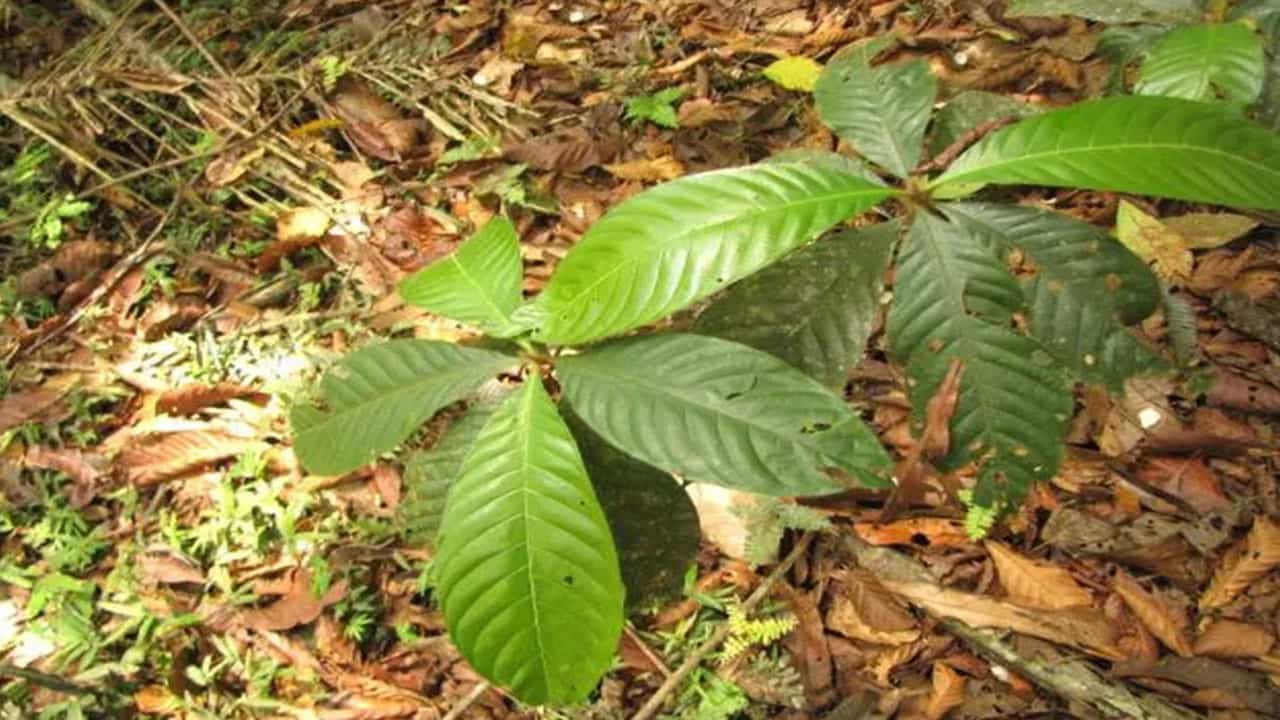
| Kingdom | Order | Family | Genus | Species |
| Plantae | Rubiales | Rubiaceae | Duroia | Duroia hirsuta |
The devil’s gardens are one of the mysterious spots in Amazonia. These spots are made by the lemon ants who live inside the trees. The trees are being protected by the ants, as they kill nearby Amazon Rainforest plants by releasing a special acid. The mysterious relationship of the ants and trees have given these spots a name as “Devil’s Gardens ”.
24. Murumuru Palm Tree (Astrocaryum Murumuru)
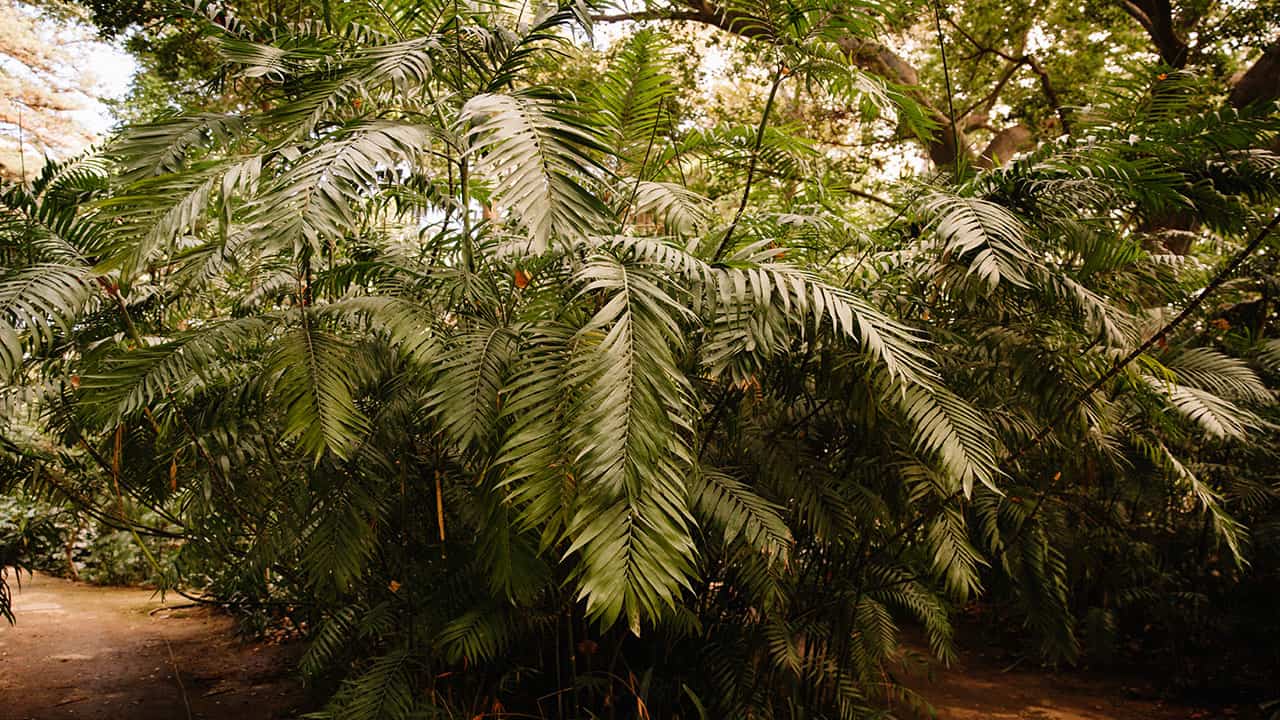
| Kingdom | Order | Family | Genus | Species |
| Plantae | Arecales | Arecaceae | Astrocaryum | Astrocaryum murumuru |
Murumuru is famously known for its valuable oil. This oil is beneficial for your skin, as it has moisturizing properties that are rich in Omega fatty acids and vitamins. The tree also serves as a food source for the Amazonian tribes. The oil produced from this tree is very helpful for the repair of skin and hair damages.
25. Camu Camu Plant (Myrciaria Dubia)
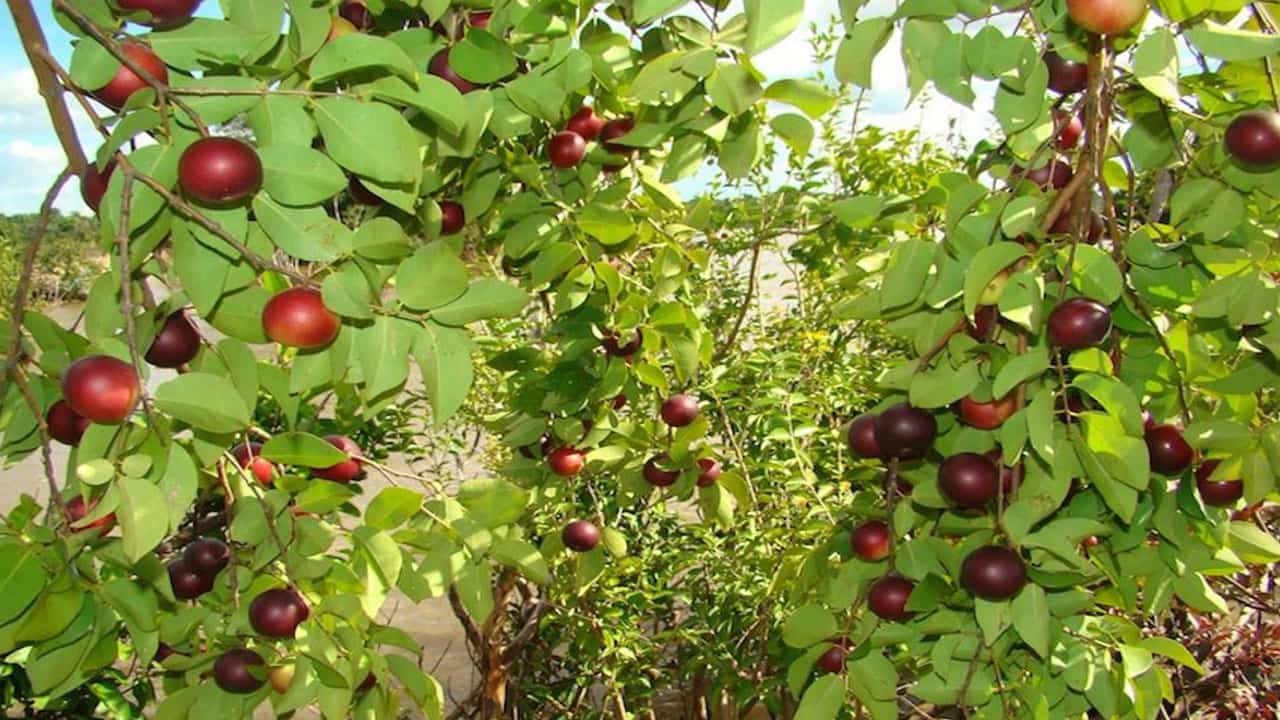
| Kingdom | Order | Family | Genus | Species |
| Plantae | Myrtales | Myrtaceae | Myrciaria | Myrciaria dubia |
This plant is seen near aquatic regions like rivers and lakes. It has small berries, rich with vitamin C. The berries produced from this plant are used to enhance flavors of the desserts and sauces. The Camu Camu plant is basically a shrub that has high nutritional values, serving as natural supplements with a high demand in the market.
26. Poinsettia (Euphorbia Pulcherrima)

| Kingdom | Order | Family | Genus | Species |
| Plantae | Malpighiales | Euphorbiaceae | Euphorbia | Euphorbia pulcherrima |
The Poinsettias symbolizes Christmas, as it is used in the decoration of christmas. In the Amazon forest, they attract pollinators with their large bright red bracts. It is also called the Christmas Flower, as it blooms nearly in the month of December.
27. Huimba (Ceiba Pentandra)
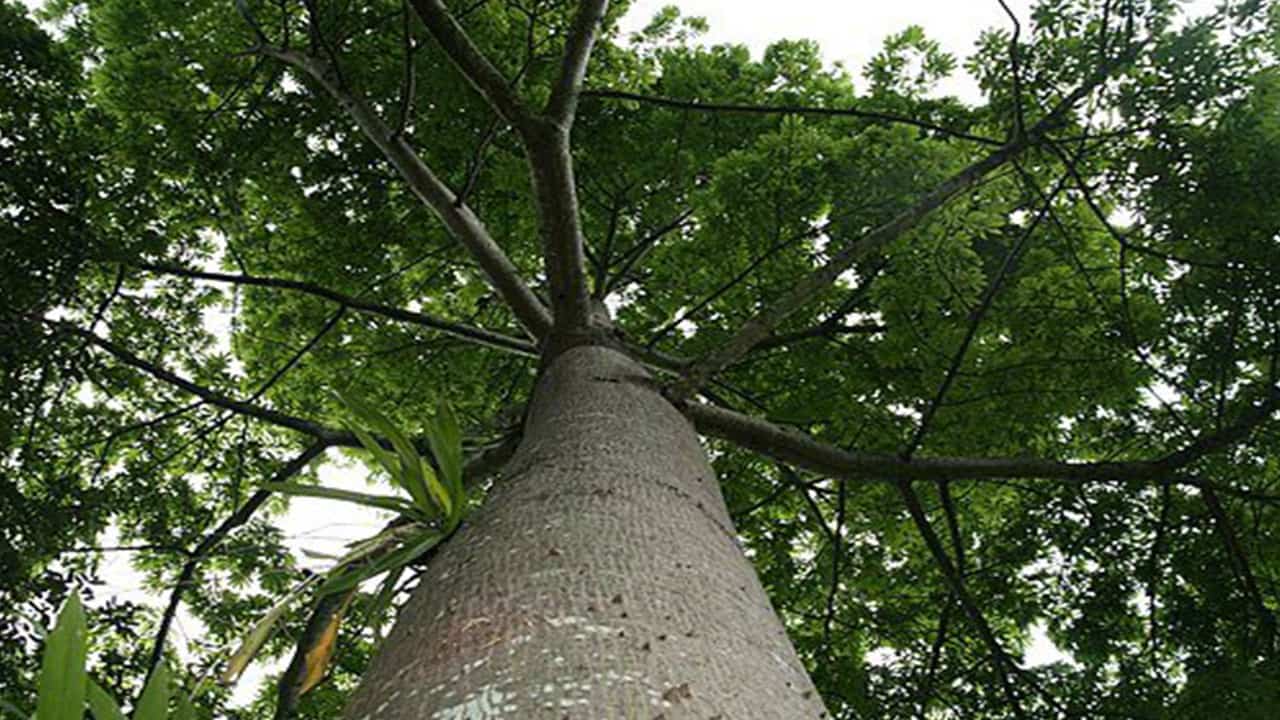
| Kingdom | Order | Family | Genus | Species |
| Plantae | Malvales | Malvaceae | Ceiba | Ceiba pentandra |
The largest tree of the Amazon forest is the Ceiba tree (Huimba). The roots of the trees help in staying stable under the shallow soil and reach up to 200 feet high. It has spiritual significance among the natives of Amazonia as they highly regard it.
28. Tangarana Tree
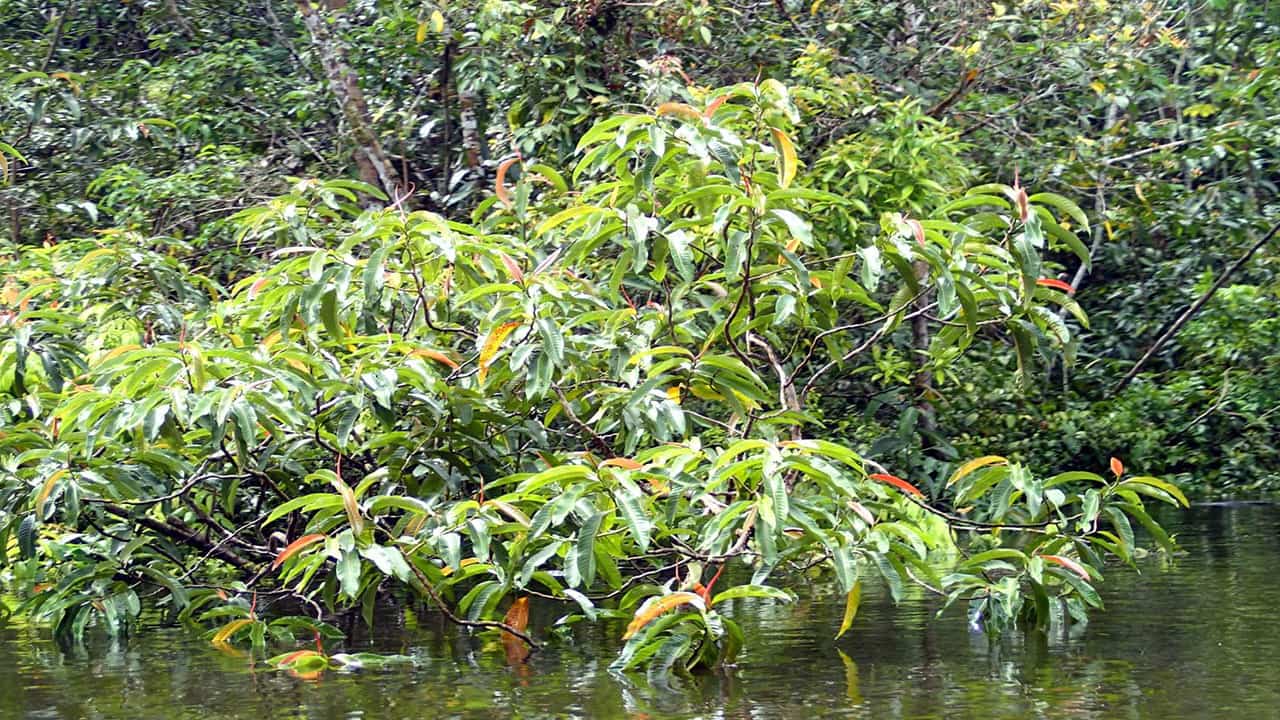
| Kingdom | Order | Family | Genus | Species |
| Plantae | Malpighiales | Chrysobalanaceae | Couepia | Couepia longipetiolata |
Tangana has an interesting connection with the ants living inside small holes in its branches. Therefore, it is providing shelter and food to these ants which in return gives protection to the tree. The tree has a height which reaches up to 98 feet tall.
29. Piripiri
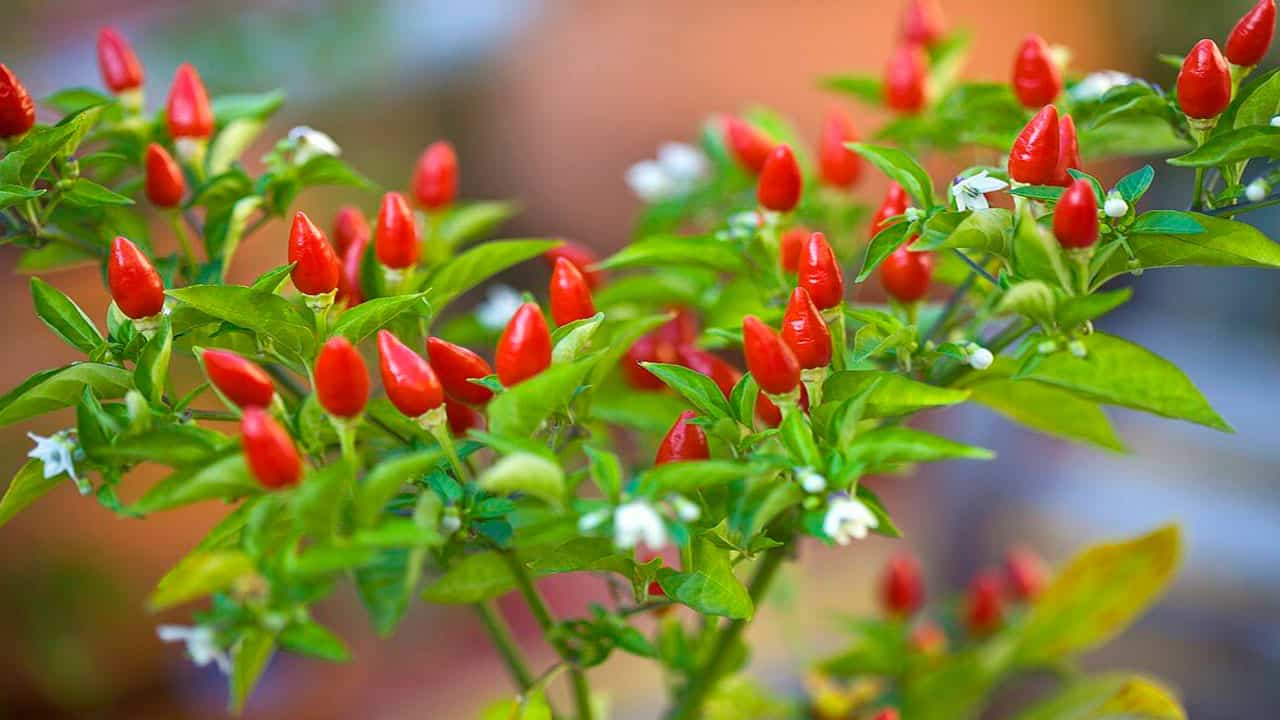
| Kingdom | Order | Family | Genus | Species |
| Plantae | Solanales | Solanaceae | Solanum | Solanum spp. |
A small plant called piripiri which grows near the water and used as traditional medicine to treat ailments faced by the natives of Amazon. It may treat various illnesses such as headaches and infections. The piripiri plant is also used in flavoring as well as in making handicrafts.
30. Mountain Soursop (Annona Montana)
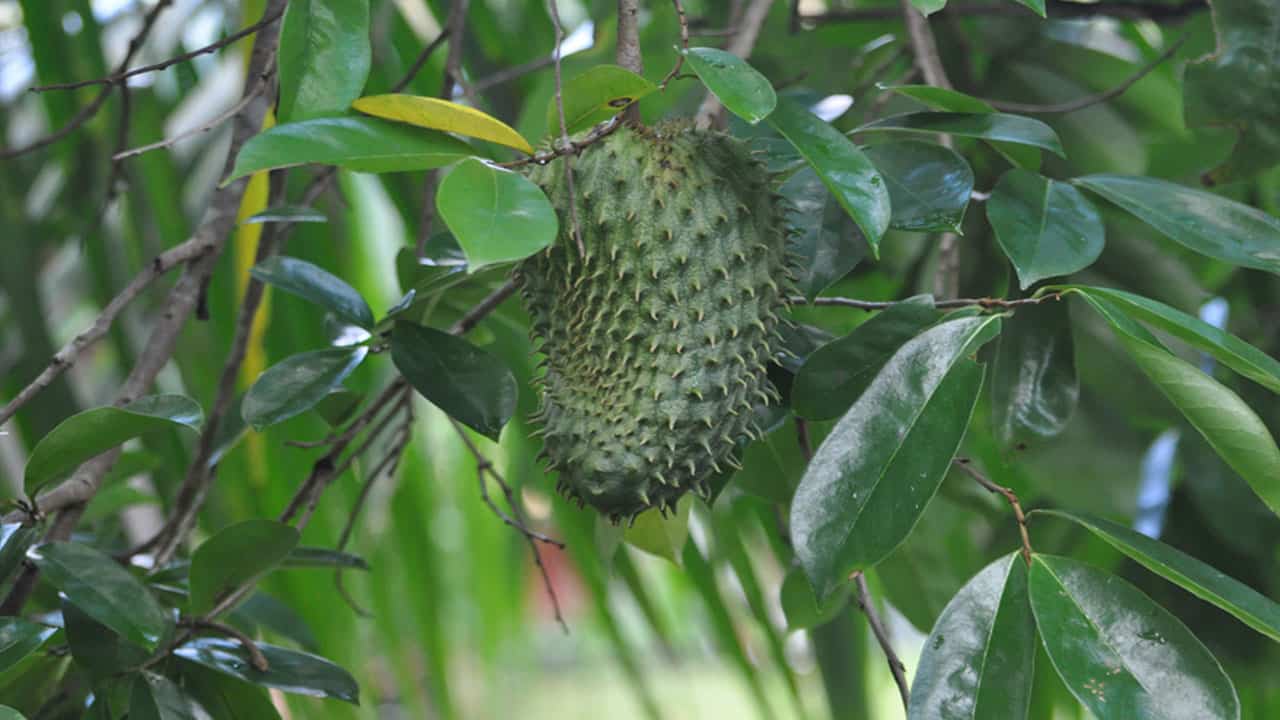
| Kingdom | Order | Family | Genus | Species |
| Plantae | Magnoliales | Annonaceae | Annona | Annona montana |
The plant produces sour and tangy fruits, used in drinks and desserts. They are found at higher altitudes above the sea-level, reaching a height above 50 feet tall. Mountain Soursop has fruits used in various dishes. It also has anti-inflammatory properties along with medicinal usage.
31. Cupuaçu (Theobroma Grandiflorum)
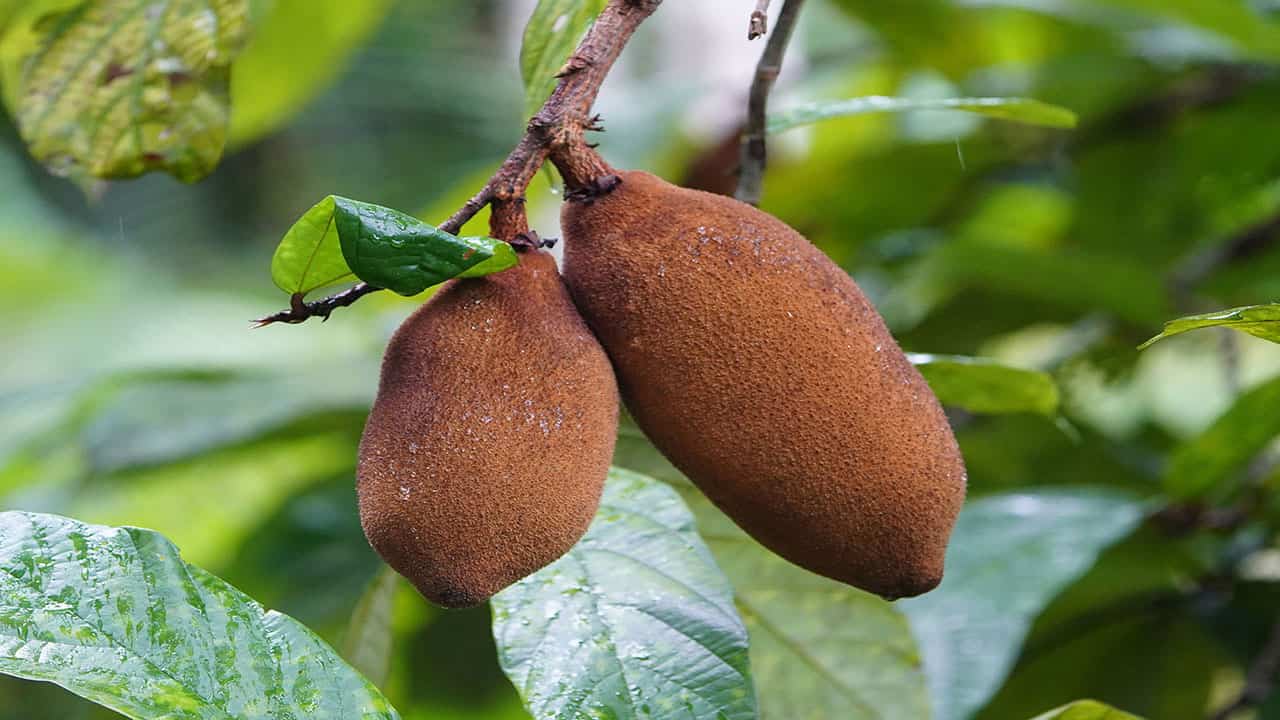
| Kingdom | Order | Family | Genus | Species |
| Plantae | Malvales | Malvaceae | Theobroma | Theobroma Grandiflorum |
This plant has a fragrant pulp which is used in making desserts, juices and beauty products too. The seeds of this plant also processed the cocoa beans to make Cupulate-a kind of product similar to chocolate. It is a key ingredient used in the food of Amazonian tribes.
32. Cassia Grandis
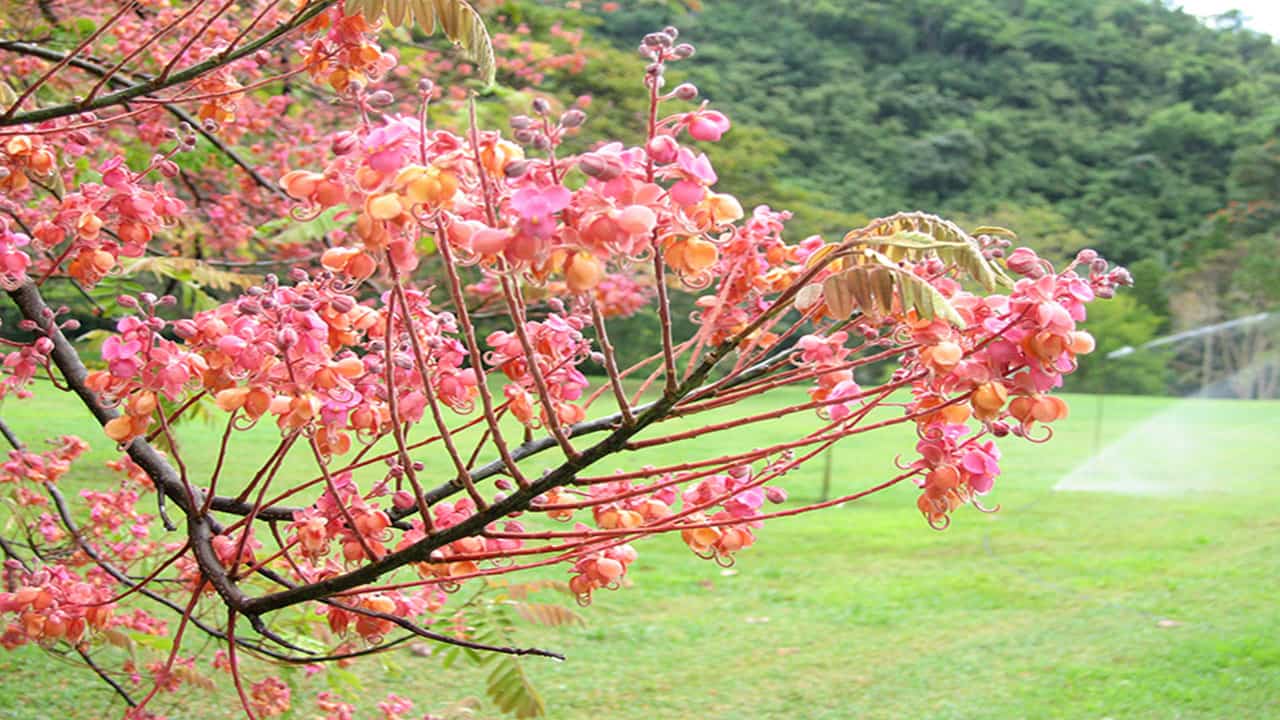
| Kingdom | Order | Family | Genus | Species |
| Plantae | Fabales | Fabaceae | Cassia | Cassia grandis |
The cassia grandis grow 98 feet tall having bean-like pods used to make a sweet syrup. It is popular because of its beautiful clusters of pink flowers, which bloom along with its branches. It provides food for the pollinators as well.
Conclusion
The treasure you can find on earth is the iconic Amazon Rainforest, where you can find a variety of plant species in the amazon rainforest and its ecological usage which proves to be beneficial in making our daily lives easy. The study of Amazonia shows the surprising facts about the adaptation of nature and the connection between the creatures residing in the rainforest.
It is very essential to work for the protection of the Amazonia. By working altogether, we can bring a difference in order to keep alive and verdant from the Amazon rainforest deforestation.
Related Pick: Largest Rainforests in the World
